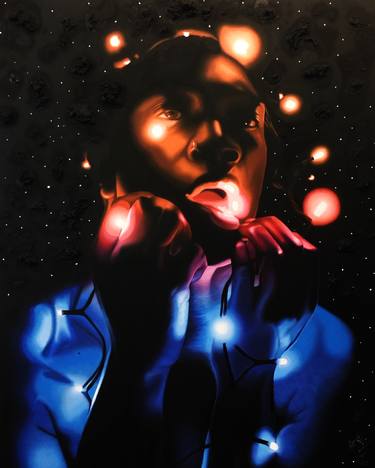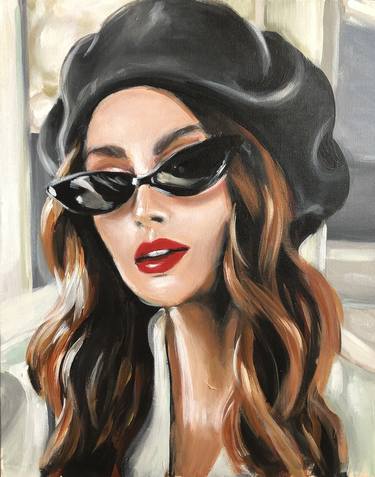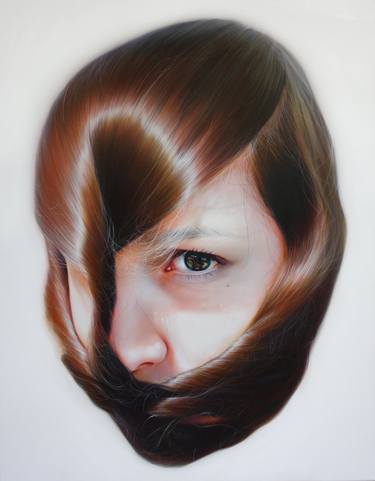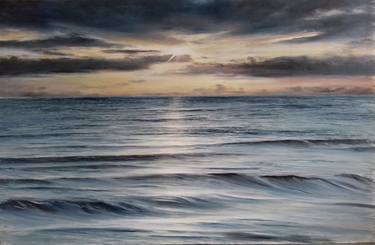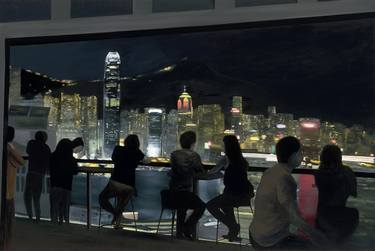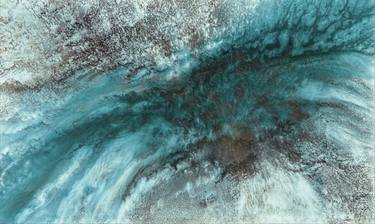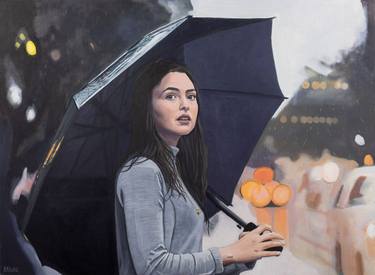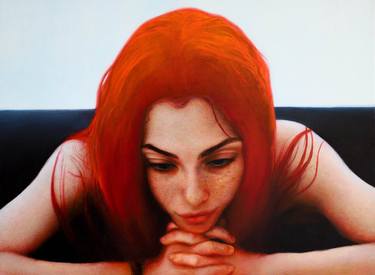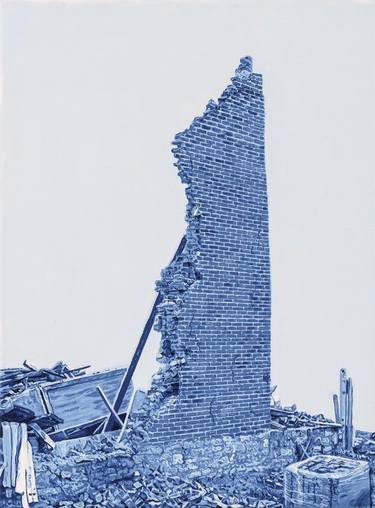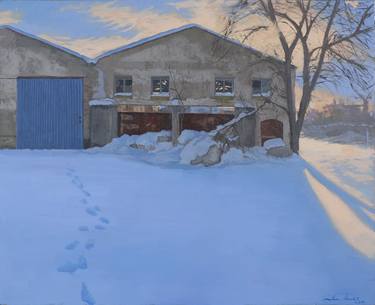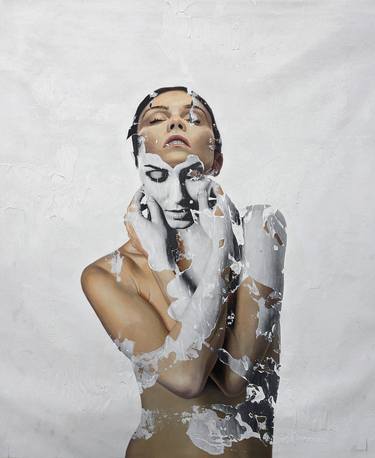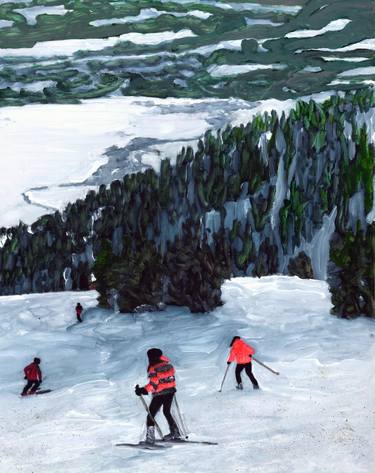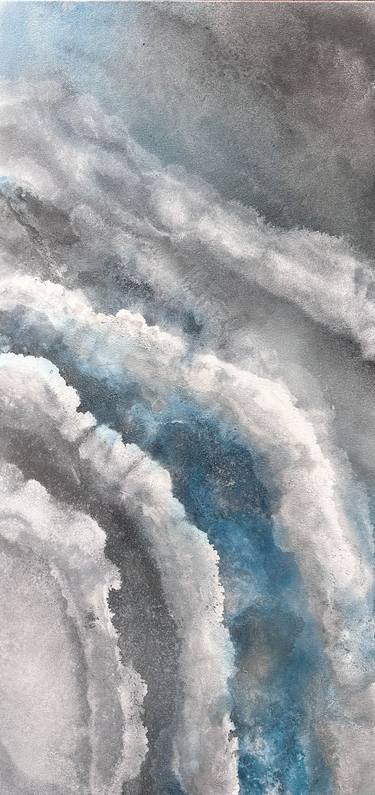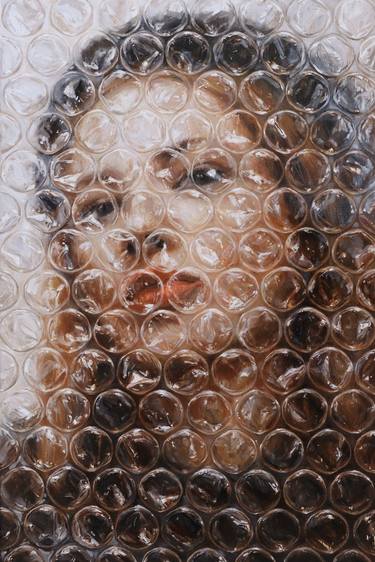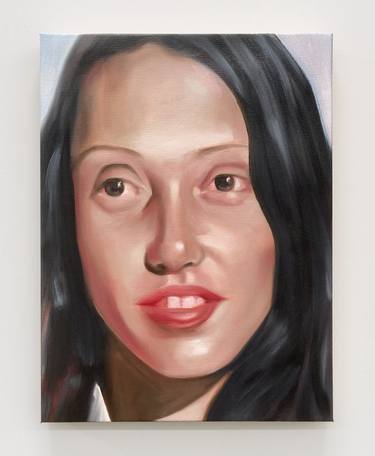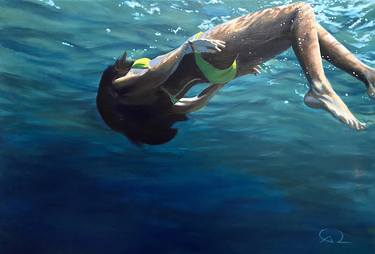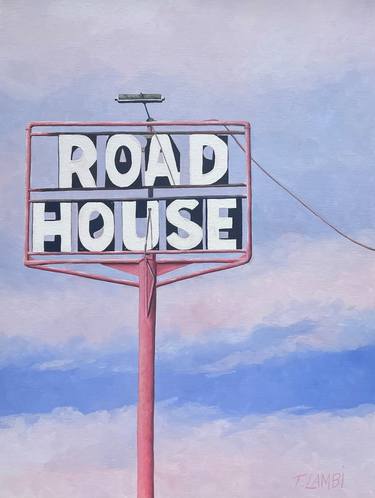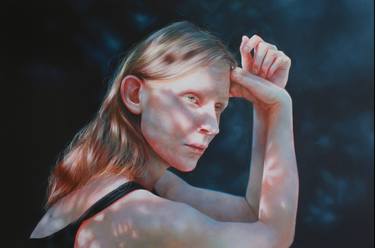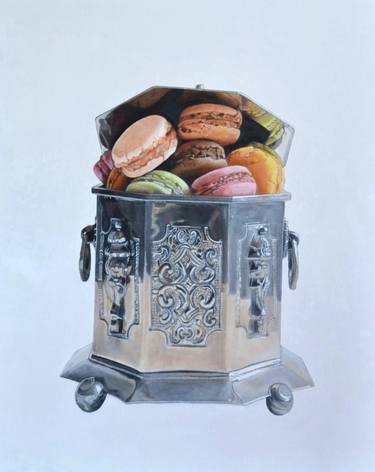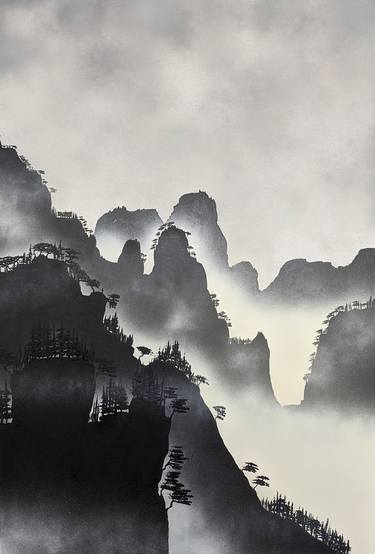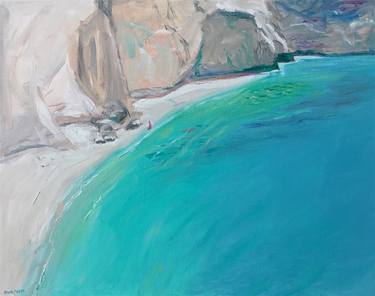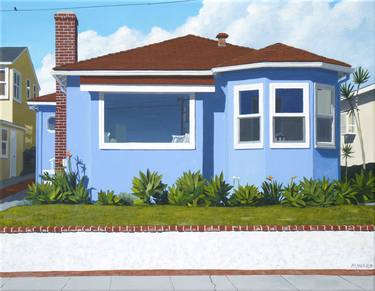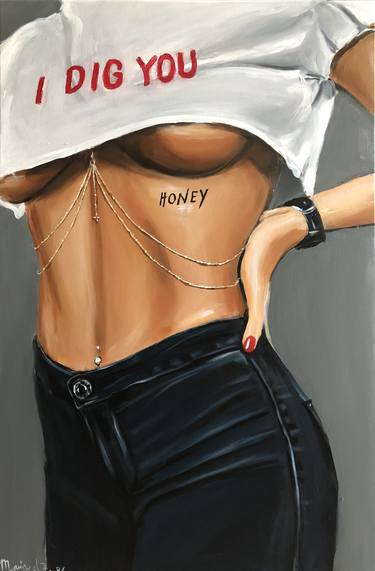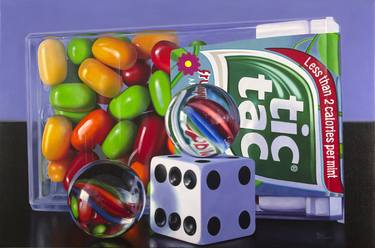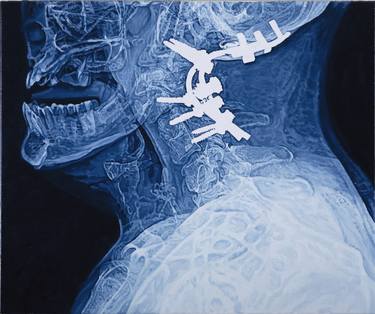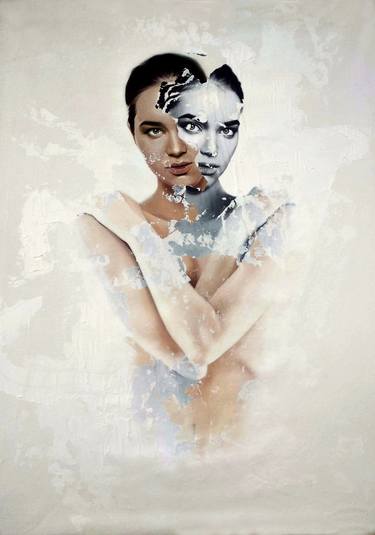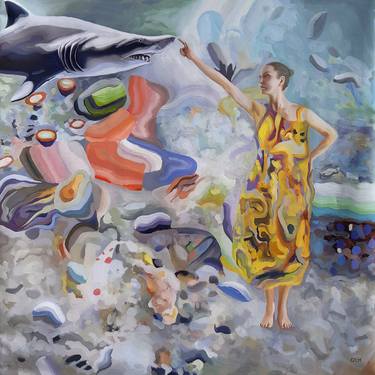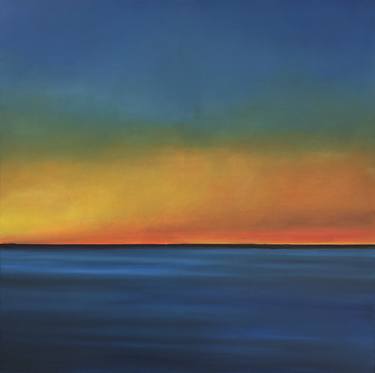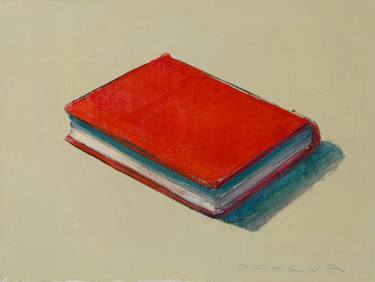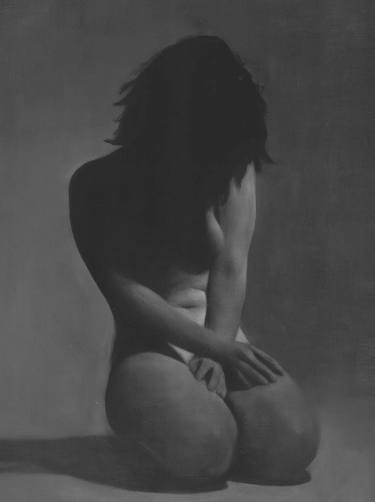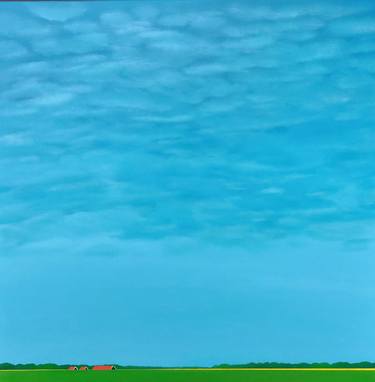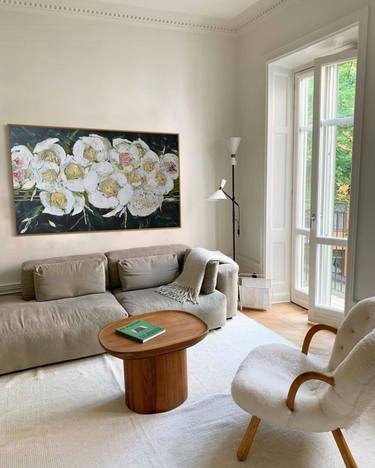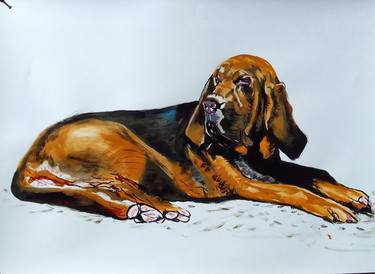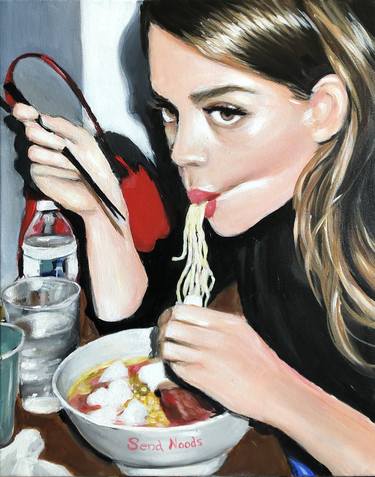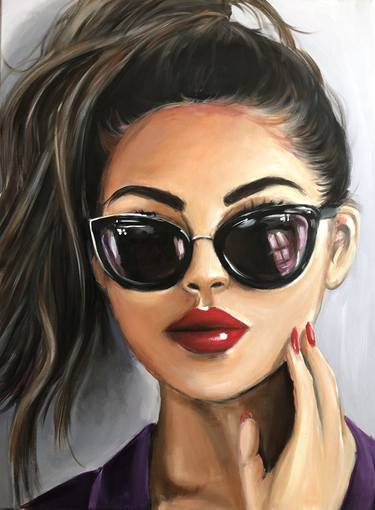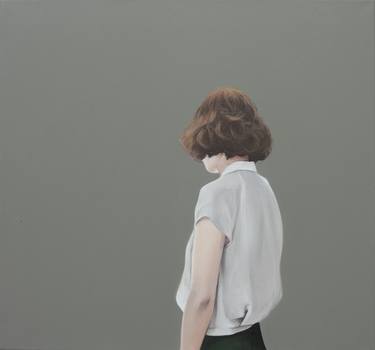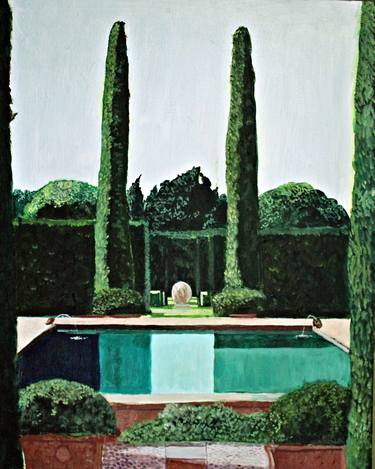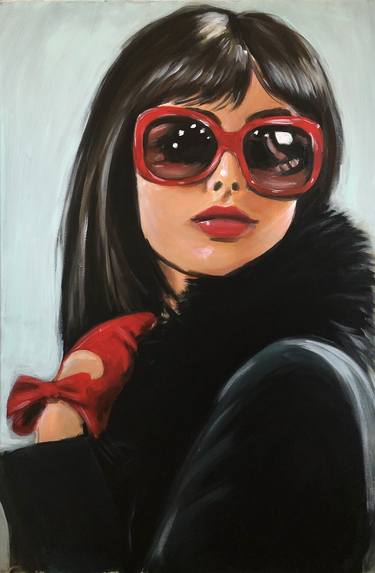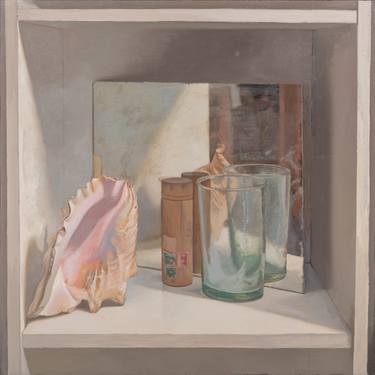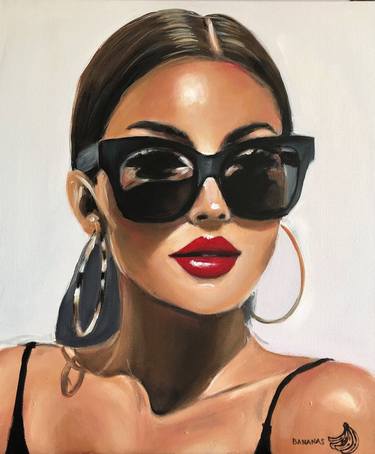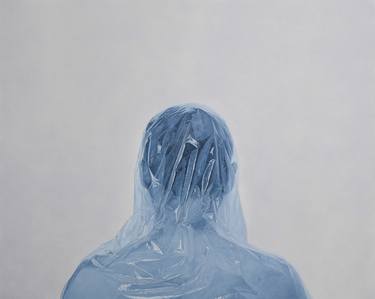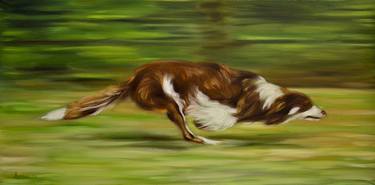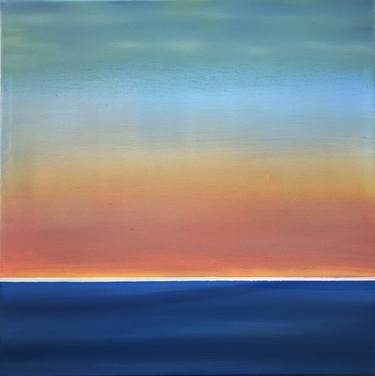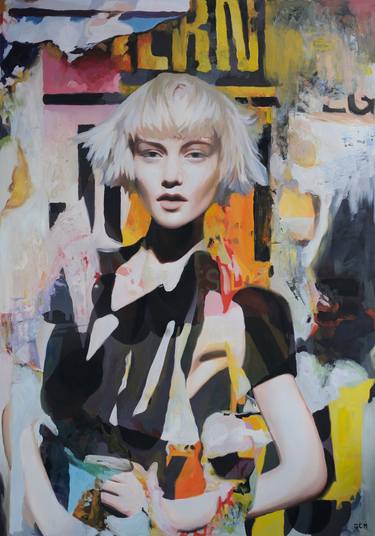Artworks In Your Cart Are Not Reserved.
- All Artworks
- Paintings
- Photorealism
Photorealism Paintings For Sale
Browse art and see similar matches
Try Visual Search
Category
Filter (2)
Whether you are looking for an original Photorealism painting or a high quality art print, Saatchi Art has over 17,999 original Photorealism paintings for sale from emerging artists around the world.
Read More
Richard Estes is known for his precisely detailed works depicting storefronts and cars, such as “The Candy Store” (1969). Robert Bechtle is famous for his watercolor photorealist works depictin suburban homes and cars. James Rosenquist’s “I Love You With My Ford” (1961) and “F-111” (1965) similarly depict vehicles. Audrey Flack focused on celebrities and still lifes in works like “Marilyn (Vanitas” (1977). Other aritsts known for their photorealism paintings include Robert Cottingham, Malcolm Morley, Chuck Close, Robert Cottingham, Tom Blackwell, Eric Scott, Richard McLean, Don Eddy, Ralph Goings, Charles Bell, John Sat, and Mike Gorman.
Filter
Category
Style
Subject
Medium
Material
Price
Size
Orientation
Color
Artist Country
Featured Artist
Paintings
, 36 W x 42 H x 1 D in
United States
$6,850
Prints from $40
Paintings
, 39 W x 49 H x 2 D in
United States
$1,710
Prints from $60
Paintings
, 16 W x 20 H x 0.8 D in
United States
$774
Prints from $52
Paintings
, 27.6 W x 35.4 H x 0.8 D in
Netherlands
$3,170
Paintings
, 46 W x 30 H x 1 D in
Turkey
$6,410
Prints from $95
Paintings
, 72 W x 48 H x 1.5 D in
United States
$8,350
Paintings
, 16 W x 48 H x 1.5 D in
Switzerland
$2,430
Paintings
, 40 W x 30 H x 2 D in
United States
$4,925
Paintings
, 69.3 W x 41.7 H x 1.6 D in
Australia
$4,970
Paintings
, 31.5 W x 23.6 H x 0.1 D in
France
$1,460
Prints from $40
Paintings
, 23.6 W x 17.7 H x 0.6 D in
Ukraine
$1,110
Prints from $50
Paintings
, 11.8 W x 15.7 H x 0.6 D in
Netherlands
$1,020
Prints from $105
Paintings
, 24 W x 19.7 H x 1 D in
Spain
$1,480
Prints from $40
Paintings
, 15.7 W x 19.7 H x 0.4 D in
Spain
$2,020
Prints from $40
Paintings
, 35.4 W x 43.3 H x 1.2 D in
Spain
$3,420
Prints from $90
Paintings
, 16 W x 20 H x 1 D in
United States
$1,440
Prints from $40
Paintings
, 17.7 W x 23.6 H x 1.6 D in
Italy
$2,911
Prints from $66
Paintings
, 19.7 W x 39.4 H x 1.6 D in
Australia
$2,130
Paintings
, 31.5 W x 47.2 H x 0.8 D in
Germany
$6,210
Prints from $194
Paintings
, 12 W x 16 H x 1.5 D in
United States
$465
Paintings
, 39.4 W x 27.6 H x 0.8 D in
France
$4,280
Prints from $100
Paintings
, 32.3 W x 32.3 H x 1.6 D in
Australia
$2,770
Paintings
, 30 W x 40 H x 1.6 D in
Australia
$3,600
Paintings
, 35.4 W x 23.6 H x 0.8 D in
Netherlands
$3,360
Paintings
, 25.6 W x 31.9 H x 1 D in
France
$2,660
Prints from $40
Paintings
, 23.6 W x 36 H x 1.6 D in
United Kingdom
$1,368
Prints from $70
Paintings
, 20 W x 16 H x 0.5 D in
United States
$495
Paintings
, 18 W x 14 H x 1 D in
United States
$2,070
Paintings
, 24 W x 36 H x 0.8 D in
United States
$1,924
Prints from $47
Paintings
, 36 W x 24 H x 0.6 D in
United States
$10,060
Prints from $100
Paintings
, 23.6 W x 19.7 H x 0.6 D in
Netherlands
$1,720
Prints from $51
Paintings
, 27.6 W x 39.4 H x 1.2 D in
Spain
$2,300
Prints from $90
Paintings
, 39.4 W x 39.4 H x 0.8 D in
Romania
$1,490
Paintings
, 36 W x 36 H x 1 D in
United States
$2,825
Prints from $100
Paintings
, 7.9 W x 5.9 H x 0.2 D in
$195
Paintings
, 11.8 W x 16.5 H x 0.1 D in
United Kingdom
$1,440
Prints from $40
Paintings
, 39.4 W x 39.4 H x 0.8 D in
Netherlands
$1,960
Prints from $69
Paintings
, 60.6 W x 37.8 H x 0.8 D in
Ukraine
$1,840
Paintings
, 33.1 W x 23.6 H x 0.1 D in
Georgia
$340
Paintings
, 16 W x 20 H x 1.5 D in
United States
$1,383
Prints from $40
Paintings
, 30 W x 40 H x 0.8 D in
United States
$1,909
Prints from $40
Paintings
, 31.5 W x 29.5 H x 0.8 D in
Germany
$3,518
Paintings
, 15 W x 20 H x 1 D in
United States
$2,040
Prints from $50
Paintings
, 24 W x 36 H x 0.8 D in
United States
$1,794
Prints from $52
Paintings
, 23.6 W x 23.6 H x 1.2 D in
Spain
$2,640
Prints from $45
Paintings
, 20 W x 24 H x 1.6 D in
United States
$1,594
Prints from $47
Paintings
, 39.4 W x 31.5 H x 1.6 D in
Turkey
$1,690
Prints from $40
Paintings
, 31.5 W x 15.8 H x 0.8 D in
North Macedonia
$1,840
Paintings
, 20 W x 20 H x 1 D in
United States
$1,350
Prints from $100
Paintings
, 27.6 W x 39.4 H x 0.1 D in
Romania
$930
50 Results Per Page

